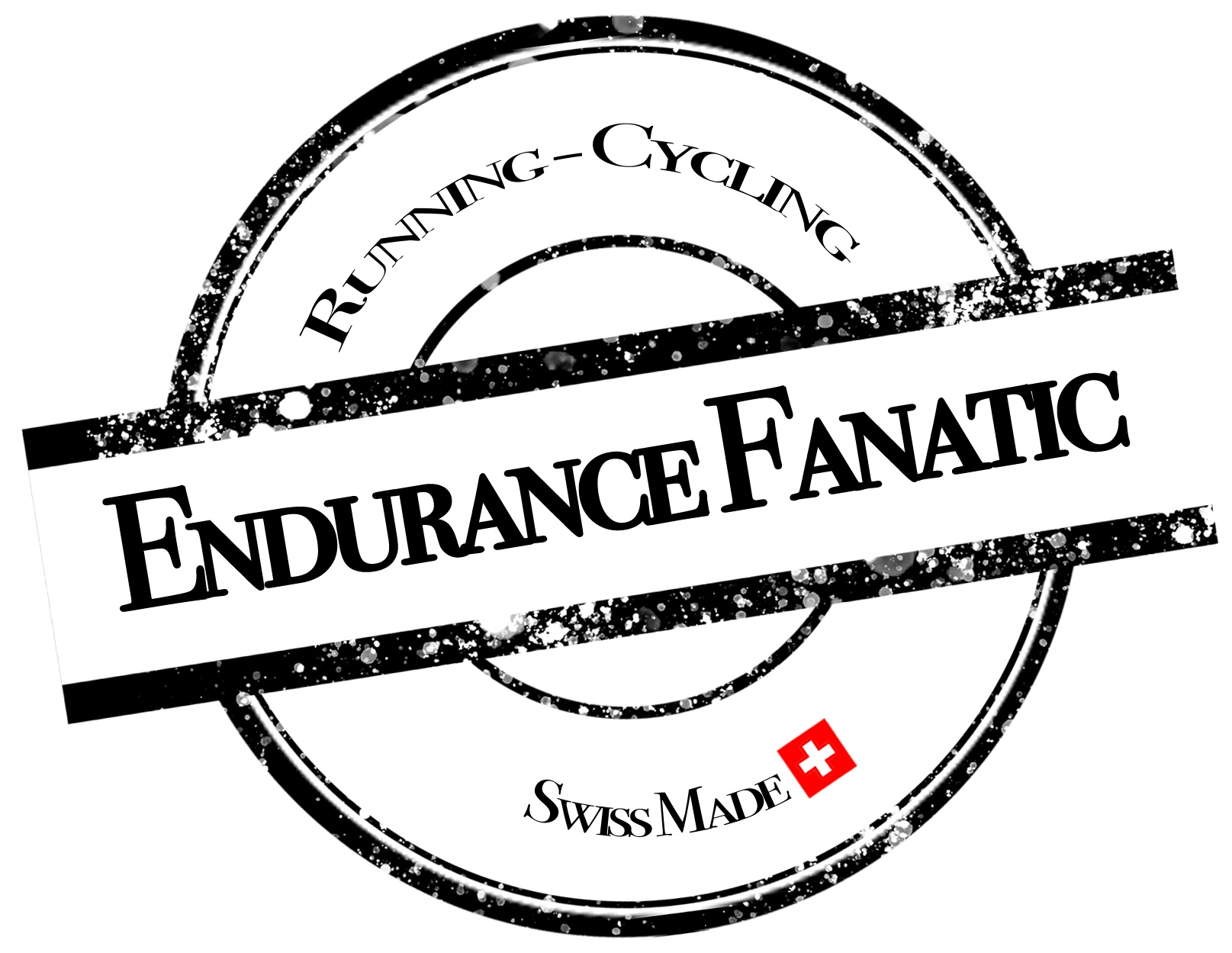Votre panier est actuellement vide !
Chasing speed improvements can feel like a never-ending challenge.
For many runners, the instinctive solution is to increase speed work — track intervals, hill sprints, and tempo runs. But some of the most respected coaches argue the opposite: if you want to run faster, you should start by running slower.
That’s the core of the 80/20 method: spend roughly 80% of your weekly training volume at an easy, conversational pace, and reserve the remaining 20% for high-intensity workouts. This so-called “polarized” training approach emphasizes both the importance of recovery and the quality of your hard efforts.
In this article, we’ll explore how the 80/20 method works, why it’s effective, and how slowing down can actually be the key to running faster.
🧭 What You’ll Learn
- What is the 80/20 training method?
- Who uses it and why?
- Why slow running boosts speed
- How to apply the 80/20 model
- How to pace your easy runs
Let’s dive in.
💡 What Is the 80/20 Method?
The 80/20 method — also known as the 80/20 rule — is a training principle where approximately 80% of your weekly running is done at a low intensity, while the remaining 20% is performed at moderate to high intensity.
It’s a form of polarized training: easy days should feel genuinely light and relaxing, while hard sessions are meant to push you to your limits. The goal is to avoid getting stuck in the « moderate » zone where you’re always working but rarely recovering — or improving.
By allowing your body to recover fully between tough workouts, you improve both the effectiveness of your intense sessions and reduce the likelihood of overtraining or injury.
🏃♂️ Who Uses 80/20 Training?
This model was developed by Dr. Stephen Seiler, a renowned exercise physiologist from the University of Agder in Norway. After analyzing decades of training logs from elite endurance athletes, he found a consistent pattern: they spent around 80% of their time training at low intensity and only 20% at high intensity — with very little time in the middle zone.
Popularized by author Matt Fitzgerald, the 80/20 approach is now widely adopted by both professional and recreational runners preparing for everything from 5Ks to marathons.
🚀 Why Running Slow Helps You Get Fast
At first glance, it may seem counterintuitive that slow running leads to faster performance. But science — and results — say otherwise.
1. Aerobic System Efficiency
Running at a relaxed pace keeps your heart rate within the aerobic zone. In this zone, your muscles rely on oxygen to generate energy primarily through fat and glycogen metabolism. Unlike anaerobic work, this process avoids the buildup of fatigue-causing byproducts like lactic acid.
Aerobic development enhances:
- Capillary density
- Mitochondrial function
- Cardiac strength and stroke volume
- Plasma volume (which helps thermoregulation and blood flow)
The result? You can run longer and faster without fatigue setting in too soon.
2. Lower Injury Risk
Running slowly means reduced impact stress on muscles, tendons, and joints. You shorten your stride, reduce ground reaction forces, and give your body time to adapt — significantly decreasing the risk of overuse injuries.
3. Avoiding Overtraining
Many runners push their “easy” runs too hard, leading to cumulative fatigue. Without proper recovery, your intense workouts suffer — both in performance and adaptation.
Let’s say a hard session takes you from 100% to 60% energy. If you only recover to 85%, your next hard effort will start under-fueled and under-recovered, decreasing its effectiveness.
Research shows that polarized training consistently outperforms threshold, high-volume, or HIIT-only models in improving VO₂ max, time to exhaustion, and top speed.
4. Better Fat Utilization
Low-intensity runs train your body to burn fat more efficiently, preserving muscle glycogen stores for when they’re truly needed. Since fat is an abundant energy source, this helps with endurance and long-term performance — especially in marathons or fat-loss contexts.
🛠 How to Apply the 80/20 Method
The key is to manage the ratio of your total weekly volume, not just the number of sessions.
If you run 50 km per week, about 40 km should be easy-paced, and 10 km should be focused on quality work (intervals, tempo, hills, etc.). Don’t worry about splitting it into exactly 4 easy runs and 1 hard run — focus on total time or distance at each intensity.
Even within a hard workout, warm-ups, cool-downs, and recovery jogs count toward your 80%. For example:
- 2 km warm-up
- 3 x 1 km at 5K pace, with 400 m jog recoveries
- 1 km cool-down
➡️ In this session, the majority of the distance is still “easy.”
🧭 How Fast Should Your Easy Runs Be?
One of the hardest parts of 80/20 training is actually going slow enough on recovery days.
Here’s how to find your easy pace:
- Pace guideline: Add 60 to 90 seconds per kilometer to your 5K pace
- Heart rate: Keep it between 60–75% of your max HR
- Talk test: You should be able to hold a conversation without gasping
📌 Example: If your 5K goal pace is 4:48/km (24-minute 5K), your easy runs should be between 7:15–7:45/km.
It might feel “too easy” — that’s the point.
🏁 Conclusion
The 80/20 training approach teaches us that slowing down is not weakness — it’s strategy. By balancing intensity and recovery, you give your body the chance to adapt, rebuild, and ultimately perform at its best when it counts.
If you’re plateauing despite hard training, it may not be because you’re not working hard enough — but because you’re not recovering enough.
Remember: training smart beats training hard. And sometimes, running slow is the fastest path to running fast.
Découvrez notre offre Consulting
Vous ressentez :
❌ Une fatigue inexpliquée
❌ Des performances en dents de scie
❌ Des doutes sur vos zones d’entraînement
❌ De la confusion face à vos données
Notre service Consultating a la solution
Grâce à notre expertise scientifique, nous analysons vos données d’entraînement et réalisons un test d’effort personnalisé pour vous donner une vision claire de votre situation actuelle et des recommandations précises pour progresser.



Laisser un commentaire